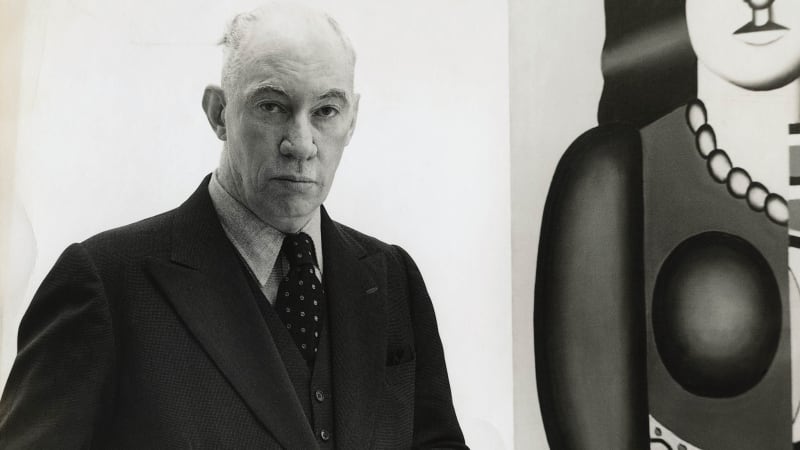Is there any deep seated difference between what the younger generation of painters in Europe is doing and what is being done by the younger generation of painters in the United States?
This is a question that has struck everyone who has any interest in the future of art. It is unlikely that the liveliest developments of western art will, in the future, be as strictly localized to the European continent as they have been in the recent past. The increased facility of communication among the different quarters of the world has already broken down the barriers which distance used to create. Today we recognize the speed with which influence, for good and for ill, spread from West to East and East to West. This question also represents a healthier approach to fundamental values than its common, wishfully inspired correlative “what is American in painting?”
Too much emphasis is given today to chauvinist interests and propagan-dist uses in the arts. One has only to glance at a map of the world and note the birthplaces of artists at present working in the United States and regarding themselves American to realize how small a role nativity, or race may play in the mature character of an artist’s work. Nor is the American “melting-pot” notion justified by the diversity of uncompromising viewpoints represented by the fifty-seven “younger American painters” represented in this catalogue. […]
But when one compares the work of the more venturesome painters of the younger generation in this country with that of younger Europeans of similar ages, there is an immediately apparent difference. What is it? And what may be the sources of it?
We are struck first of all by a brightness of palette, a liveliness and audacity –often a sharpness and coldness– in contrast with the warm sobriety of tone which (if we except certain northern expressionists) characterizes most of the European work. The shapes that go to make up the Americans’ compositions are commonly active shapes conveying a restless rhythm quite foreign to the smooth flowing forms and the organized calm of the Europeans. Their composites lean towards a two dimensional emphasis supported by a stress on linear features more often than towards the Mediterranean stolidity of composition in which the third dimension is always patently suggested, if not asserted. The overall effect of the Americans’ work is one of insistence, urgency, eagerness, impatience in contrast with the Europeans’ comfortable, easy-going assurance which in confrontation with it seems at times almost apathetic. In the younger Americans’ work we recognize a predominantly emotive, decorative expression; in the Europeans’, a fundamentally reasoned, structural one. […]
What we have been calling American art was born old. It has been existing on the coat-tails of Europe. And should it continue to limit its gaze to that direction it will undoubtedly keep a parasitic character. If we are to have an individual culture in the United States it must achieve its maturity on a relatively independent ground. Youth must be the first step. And art, like a human being, must pay for the advantage of youth with all that goes with youth, if it is to earn maturity. It must grow –find itself– through enthusiasm, ostentatious energy, the courage of creative vulgarity, through intensity and excitement.
Perhaps American painting is at last in this phase. Perhaps those characteristics which distinguish it from the work of the younger Europeans are indications that this step has been compassed. But perhaps our pioneer background –still not too far behind us– also makes its contribution to this sense of excitement, this eagerness of the younger artist to go beyond familiar ground. […] And this air of excitement we find so pervasive may be in part a product of this pioneer heritage in these younger painters seeking a new tradition, or to contrive one.
[…] What we can safely say on the basis of this selection of younger artists’ work is that a fresh influence has begun –perhaps already some time back– to make itself felt in contemporary American painting, an influence which if fostered and developed may open a gate to unexplored areas of pictorial creation and a gate which is by no means limited to American ingress. In fact it may be the door through which all Occidental creative art will eventually pass –a possibility which is perhaps not so difficult to entertain when we recall growing linear emphasis in younger European art today. There, however, we see it side by side with the characteristic Mediterranean influences, not so isolated and clearly distinguishable as with the Younger American Painters.
James Johnson Sweeney
Source: SWEENEY, James Johnson: [Introductory text]. In: Younger American Painters: A Selection [exh. cat.]. New York: The Solomon R. Guggenheim Museum, 1954 [excerpts].
November 2, 2020

